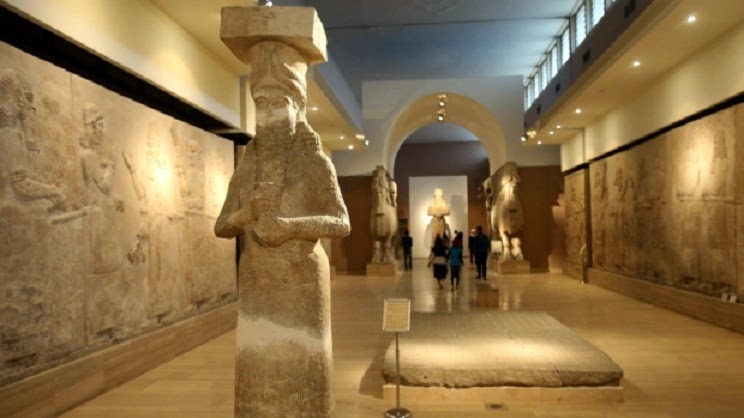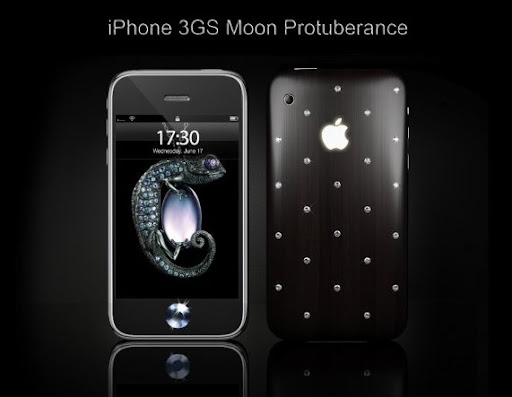Sew La Ti Embroidery [Search results for money]
Brixton Money

About the mortgage and a loan

Heritage: Valley of Thracian Kings keeps its secrets

Shaletta Porterfield resigned over identity theft charges

Home builder in Sydney
UK: Detectorists hit jackpot at sites across Wales

The Aryans Descend

The Cream Tunic and 7 Little Facts
Iraq: Iraq says ISIS demolishes ruins to cover up looting

Hoarding? Addiction?
Bureaucracy in action

Heritage: Unearthing Vadnagar

My weekend projects
Cher Lloyd shows off blue bra in 'Swiss cheese' style top before her new single gets premiere on Radio 1

The Bulldogs (based on an underground comic-book)

Morning to myself
Motorola's Droid Phone

Elizabeth Wertenberger, Miss Southwest, was crowned Miss Michigan 2011 Saturday night June 17, 2011

Elizabeth Wertenberger was crowned Miss Michigan 2011

scarlett johansson wallpaper widescreen 2010 received






